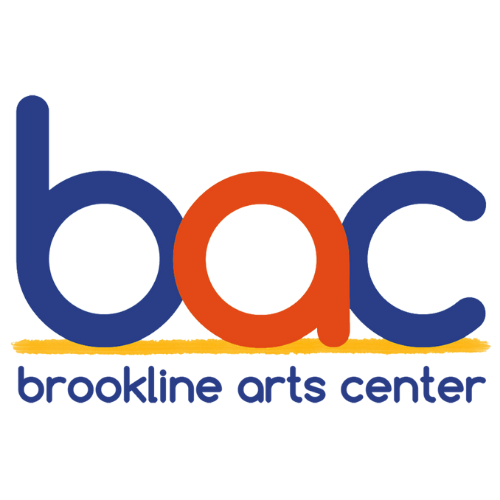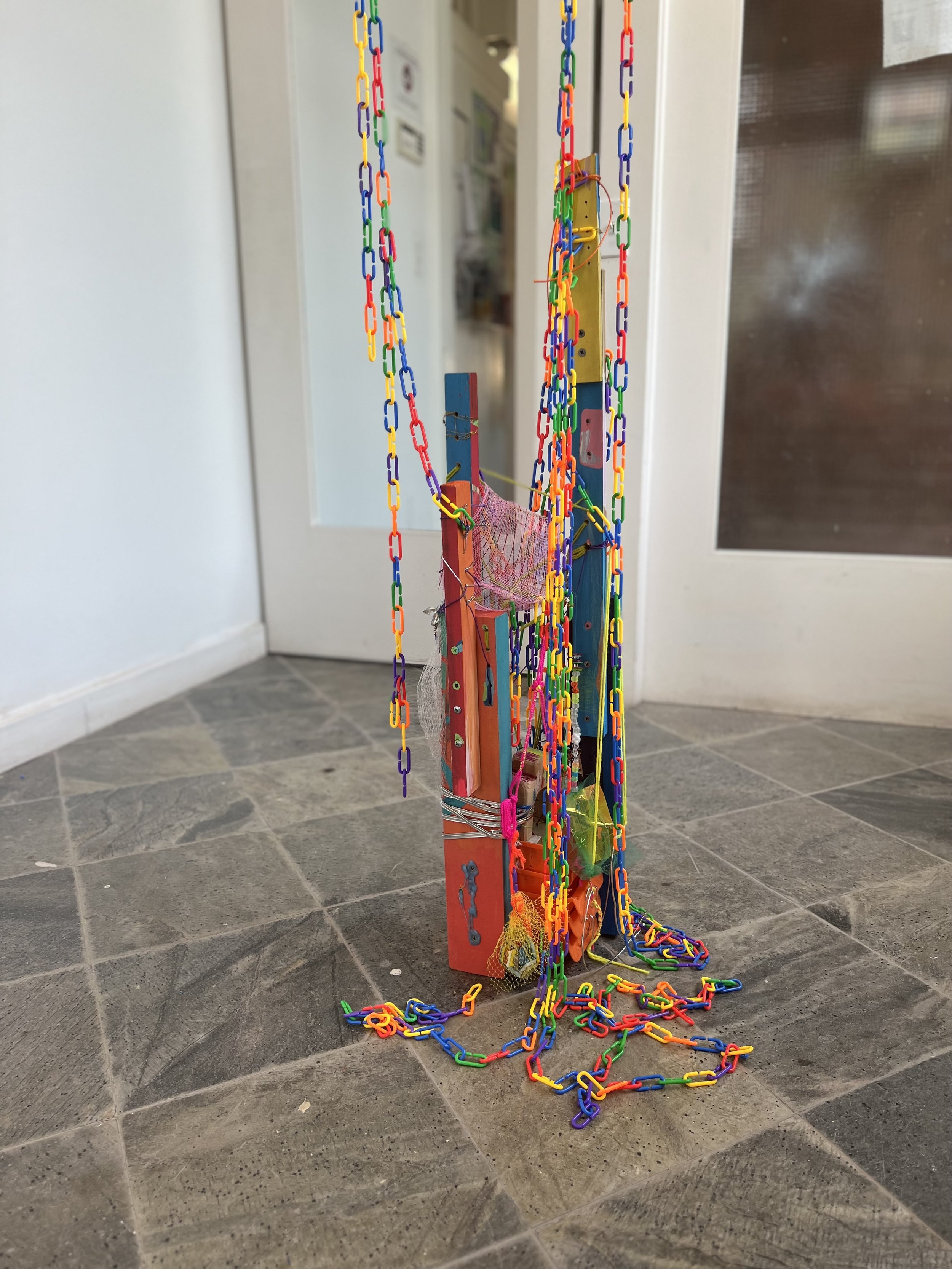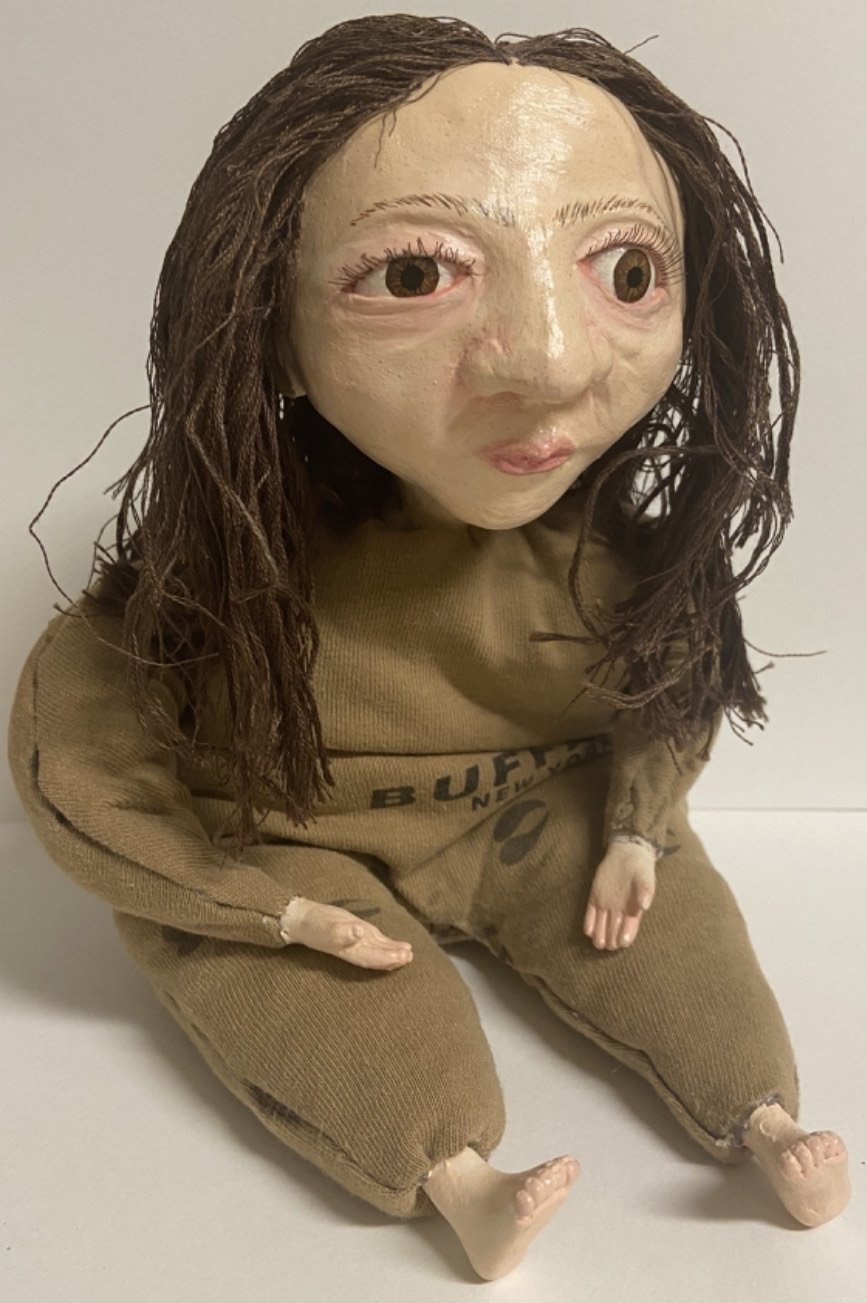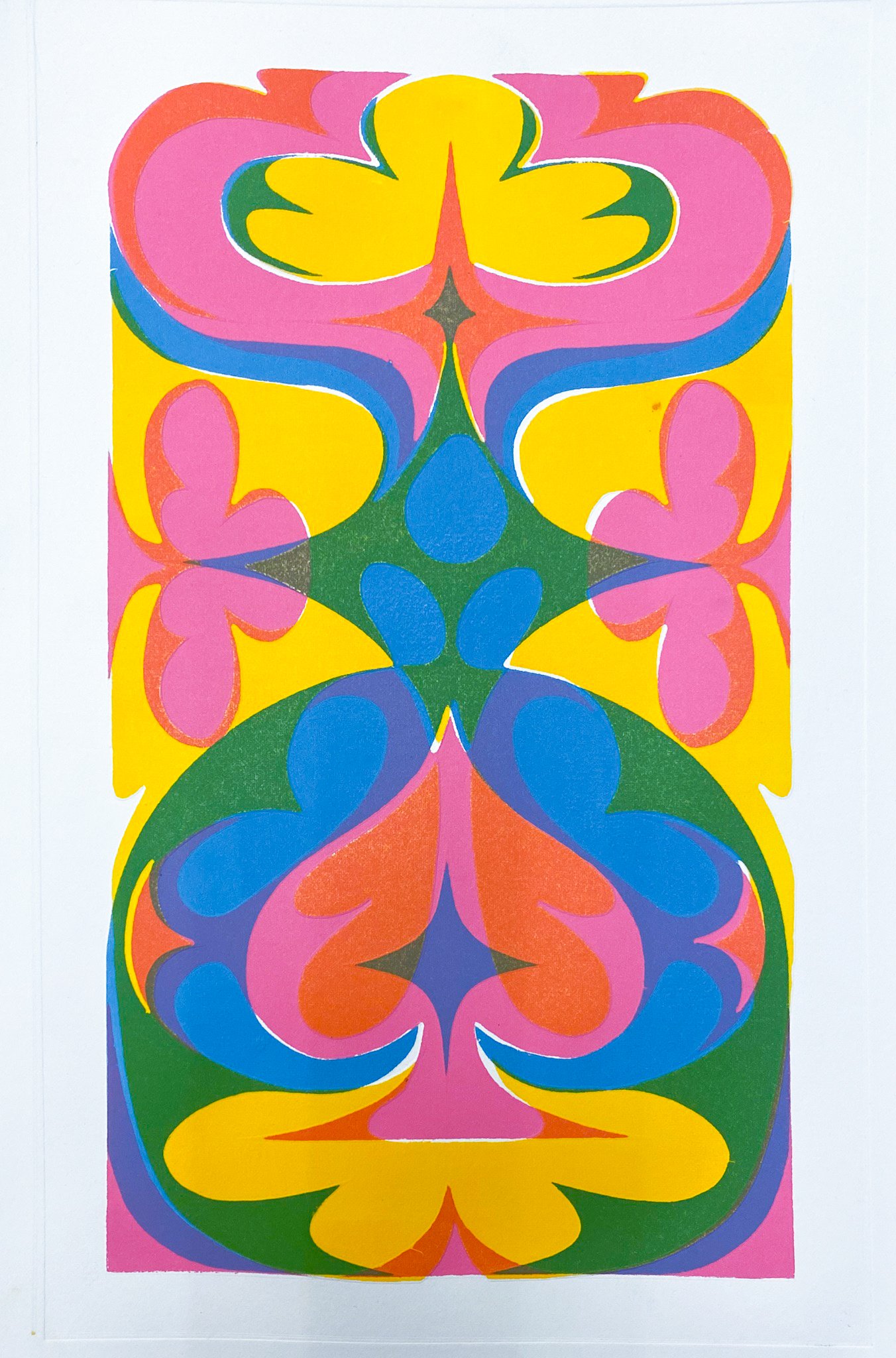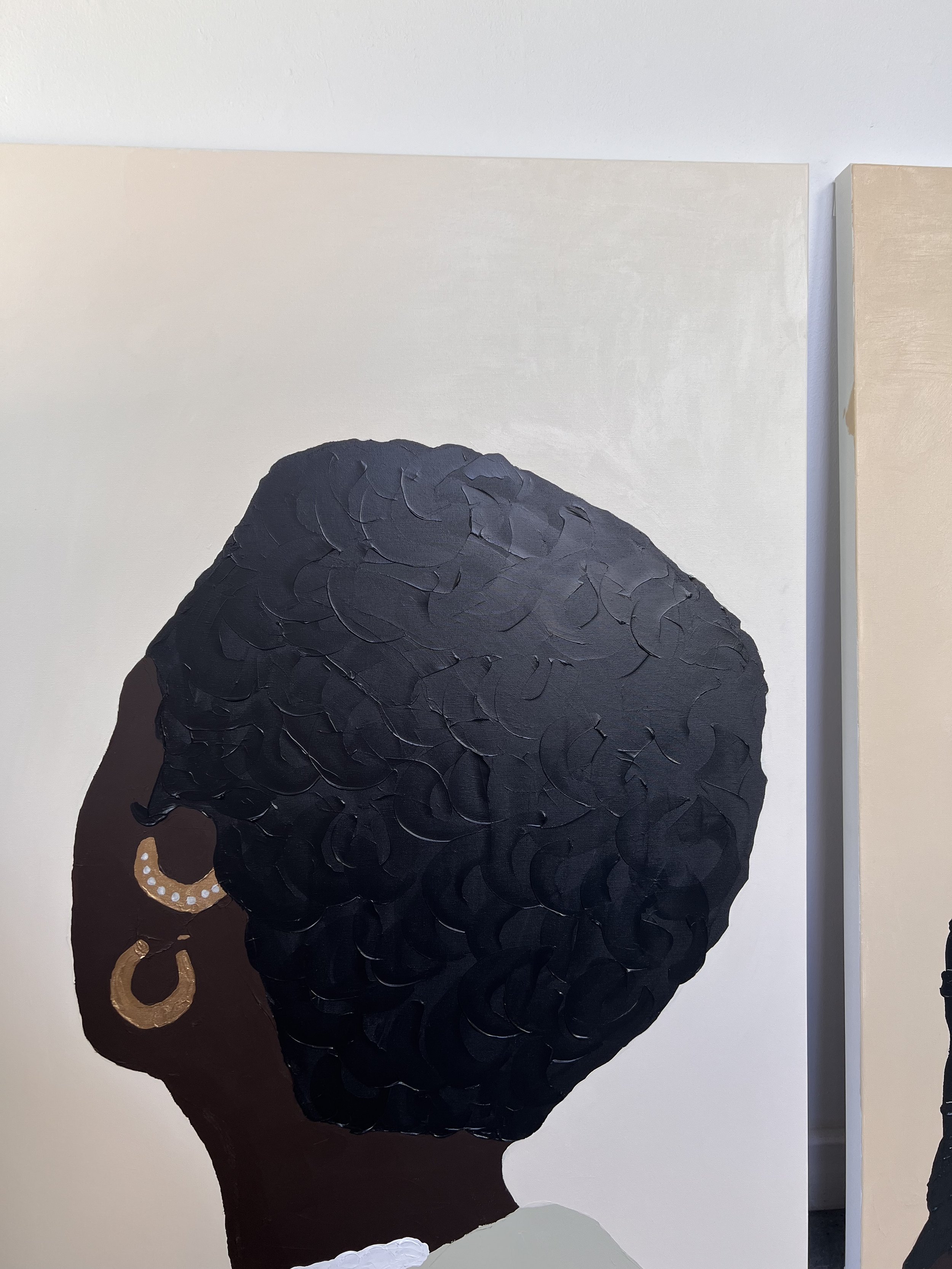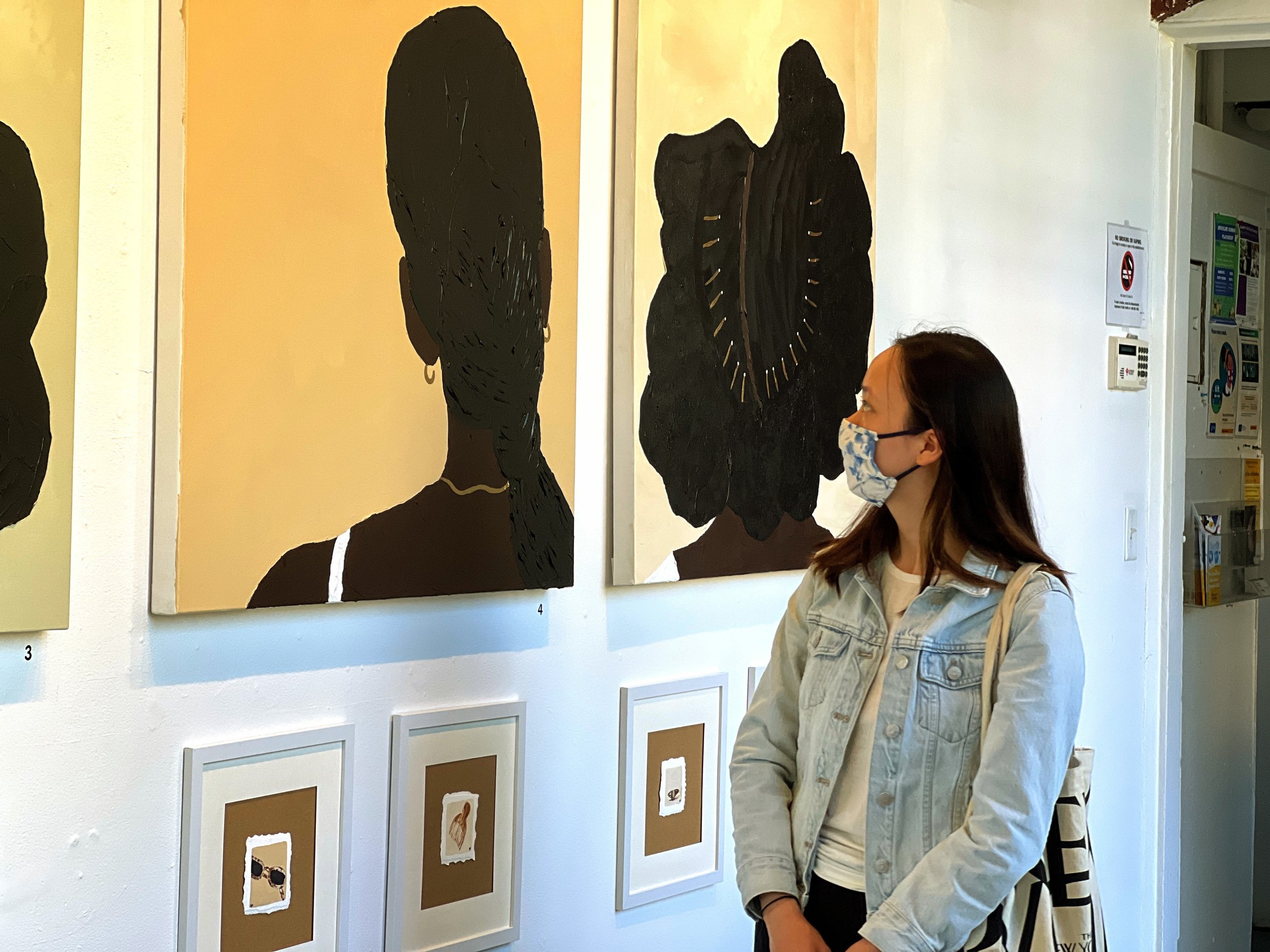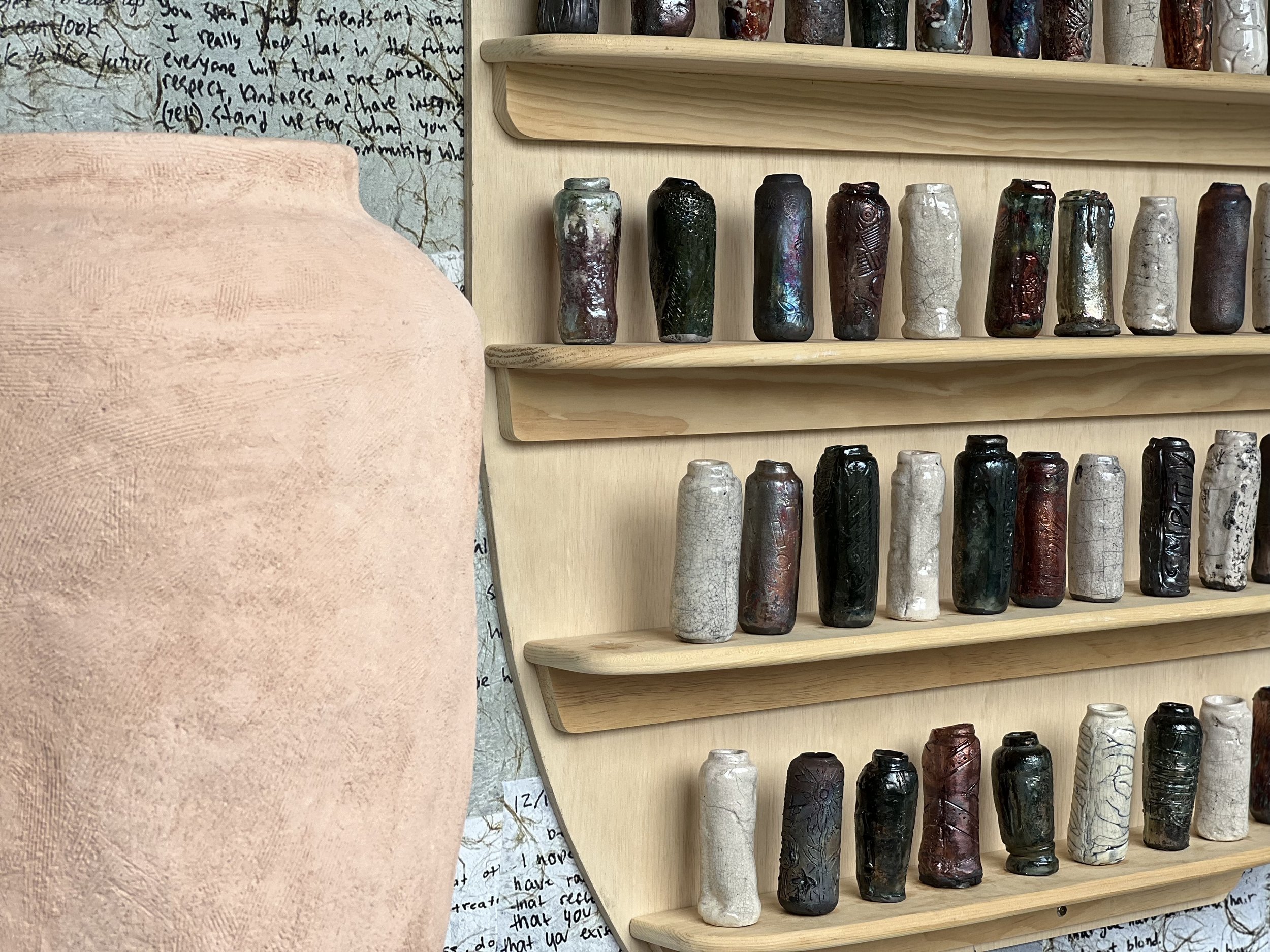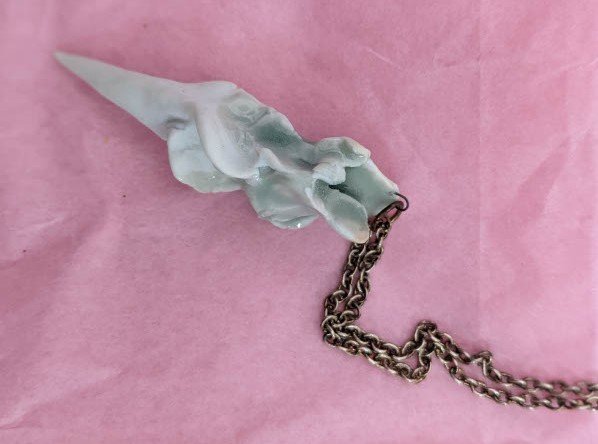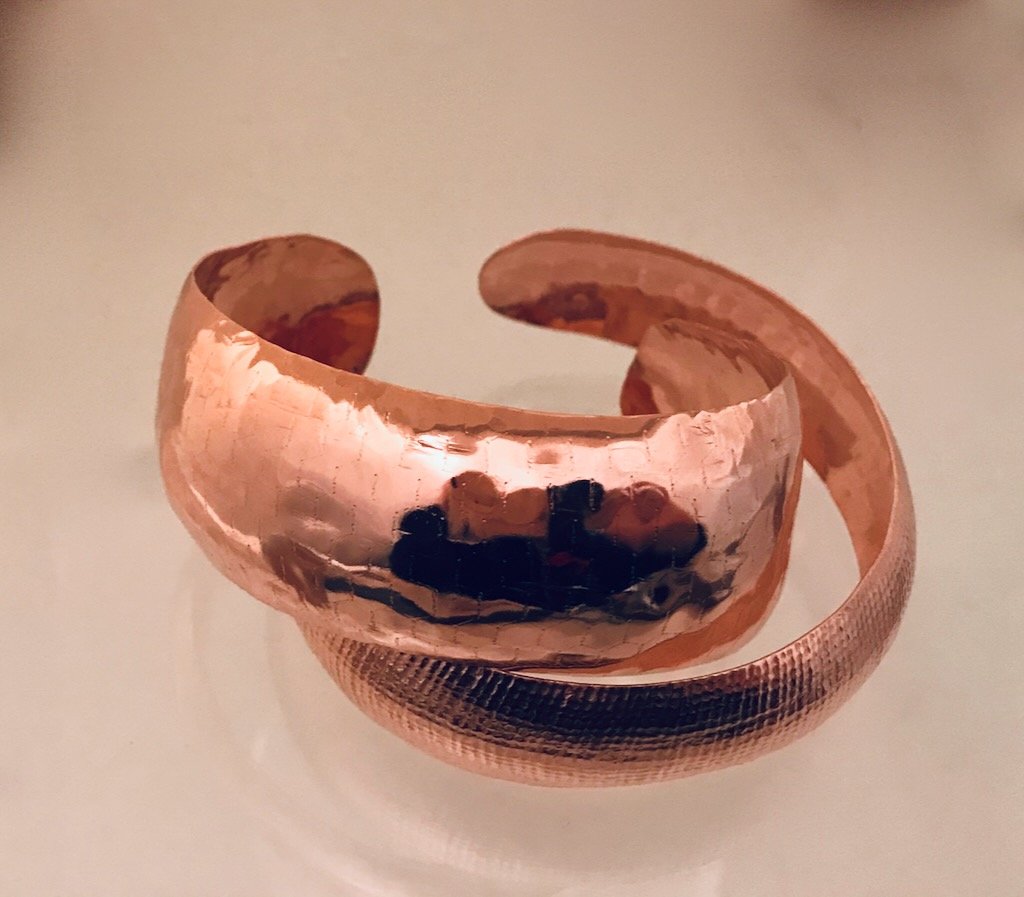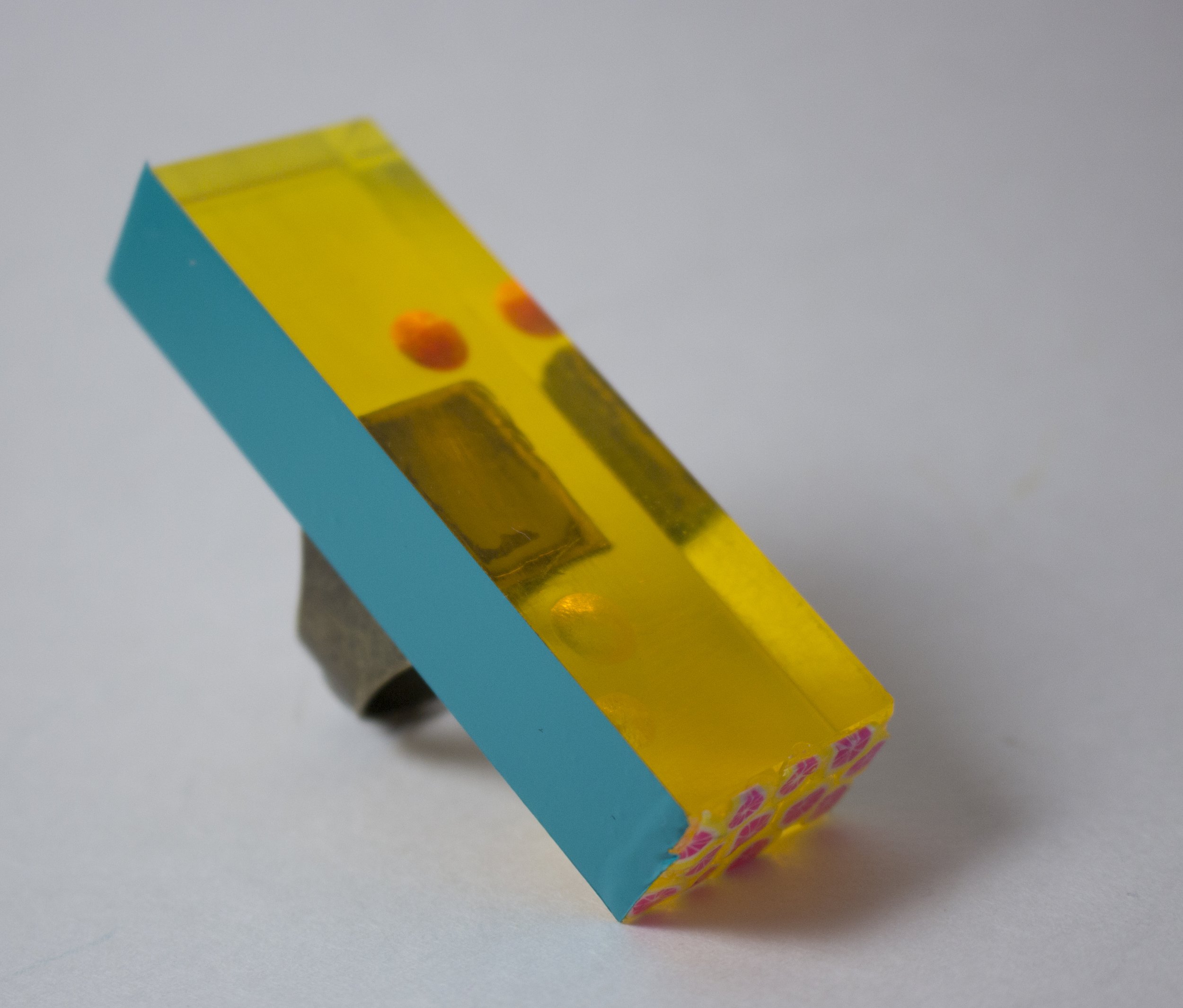Dead Letter Room
Allie Tsubota
January 20–March 21, 2024
Dead Letter Room is a transhistorical correspondence with the late Japanese poet Hara Tamiki (原民喜, 1905–1951), known for his slender output of poetry and prose during the prewar and immediate postwar periods. An extraordinarily sensitive and elusive writer, Hara is most popularly admired for authoring Summer Flowers, a narrative first-person account of the bombing of Hiroshima.
Central to Dead Letter Room is a series of thirteen fabulative letters, penned between the artist (“AT”) and the personified remains of Hara’s literary archive (“H”). The fictive texts are narrated across a disordered temporal and spatial landscape, and they draw on unofficial or illegitimate translations of Hara’s work. The undelivered correspondence crosses themes of history, memory, spectatorship and language, and it speculates within the fractures of atomic time. The correspondence triangulates with reproduced photographs from the United States Strategic Bombing Survey–conducted by the U.S. military in the postwar Pacific–and with original photographs of revisited sites in contemporary Japan.
Dead Letter Room reads Hara Tamiki’s literary archive against visual representations of American military occupation and surveillance, and in doing so, it attends Lisa Lowe’s proposition to implicate discrete repositories in and with each other. The project presses on archival boundaries between historical “fact” and “fiction,” and it proposes lingering in the pregnant breaks between language, light and time.
Allie Tsubota (she/her) is an artist exploring intersections of race, visuality, and the formation of historical memory. Her projects join photography, video, photographic and filmic archives, and text to examine the role of visual spectatorship across racialized space and collapsed historical time. She holds a Master of Fine Arts in Photography from Rhode Island School of Design, and presently teaches at Parsons School of Design and The College of New Jersey.
Dead Letter Room has been generously supported by ARCUS Project, the Foundation for Contemporary Arts, the Rhode Island School of Design SPUR Fund, and the Center for Photography at Woodstock.

MATERIAL LINEAGE
Sonja Czekalski | Eileen de Rosas Leslie Goldman | Jillian Vaccaro
Sonja Czekalski, Eileen de Rosas, Leslie Goldman, and Jillian Vaccaro present Material Lineage, an exhibition examining the material roots between matriarchal ancestry, mother nature, and the ephemeral human experience. Each artist approaches materiality from a diverse yet related perspective in contemporary connected practice. Themes of matriarchal ancestry, mother nature, traces of memory, the ephemerality of human experience, and the physicality of walking appear both individually and collectively. The exhibiting artists use metaphors within their materials to evoke memories and derive connections between human consciousness and the environment. With diverse materials such as handmade paper, human hair, fabrics passed down from generations, used consumer goods, and digital media, Material Lineage looks to employ materials to create a physical manifestation of visceral experience. Material Lineage creates an empathetic space connecting the sixth sense of being, knowing, and enduring across time, land, and generations. The exhibition reclaims the overlooked and provokes questions about family, feminism, human existence, climate change, and the interconnection of all living things.
OPENING RECEPTION and PANEL Saturday, November 11th
TIME 2-4:30pm
LOCATION 86 MONMOUTH ST. BROOKLINE, MA

THREADING FRUIT LOOPS
Loretta Park: Artist-In-Residence
“As I eat a spoonful of Froot Loops, overwhelmingly sugary and artificial fruit flavors burst inside my mouth. Crunchy cereal softens and mixes with cool milk. Different flavors are intertwined and become one. At the end, colorful and milky residue is left inside a bowl.
Saturated with sweet and bright colors, my work shares a lot of similarities with Froot Loops. My work is excessively colorful, sugary and synthetic. However, I create my work organically, guided by my intuition. I combine remnants to make my work: mesh bags that once contained onions, plastic plates from second hand stores, broken pieces from an old chandelier.
I thread a needle to sew these disparate objects together. I merge different objects to create one. The act of threading reminds me of a childhood activity of making candy necklaces. Stringing each candy, I used to gather the most sugary candies to create my necklace. The act of creating one necklace from small candies was satisfying, even though the necklace was temporary. My candy necklace provided a brief moment of delight.
I hope that as people approach my work, they also take a moment to be delighted. I use easily accessible and identifiable materials to create my work because I want people to come closer. I ask people to see what they understand and start making sense of moments that are puzzling. At the end of the day, even the most complicated art is just Art. They are meant to be viewed, viscerally felt, and enjoyed. We should savor any chance we get to have fun because joy can be fleeting.”
Orange Hat (2023)
Lunchplate 3 (2023)
Five Plates (2023)
Fighting Stick 5 (2023)

Curated Self: Plunge Gallery is analyzing how we as artist view the self. Combining artist’s self portraits with an intimate written self portrait artists are allowing themselves to become truly vulnerable with the audience. With a self portrait the artist is creating an image they are willing to present to the world, with a written self portrait the artist is asked to be revealing and display words they never thought anyone else would read. Curated by Cj Daly, Plunge invites you to look into the inner thoughts of these artist and contemplate how much of the self is curated.

ALL STAFF MEETING
CURATED BY: Molly O'Donnell & Virginia Cannella
GROUP SHOW FEATURING: Deirdre Beck, Virginia Cannella, Castien Dowling, Andrew Fielding, Emma Green, Julianne Martin, Molly O'Donnell, Bean Pecorari, Emily Perelman, Moon Rodríguez Decker, Zoe Schein, Quincey Spagnoletti & Alex Zak
Artists– otherwise known as educators, creators, and caregivers– define the values of our community through their individual pursuits of spreading knowledge, fostering creativity, and nurturing human development. The artwork created by BAC faculty and staff presented in ALL STAFF MEETING demonstrates the different media that inform their various teaching practices as well as work influenced by experiences in their classrooms.
Much like working as an educator in an unprecedented time in our history, creating art is a sacrifice, yet a necessity, for connecting our community. ALL STAFF MEETING is as it implies– a meeting of those that we have depended on throughout the pandemic and beyond: educators who work tirelessly in the classroom and virtual settings to continue caring for our children, while also working as artists to interpret the joys and many challenges that we have all faced in recent years.
Zoe Schein- Red Mountains, Red Moon
Zoe Schein- Pear Tree
Zoe Schein- Afternoon Tomatoes, Sliced
Deidre Beck
Alex Zak- Stow Away
Emily Perelman- Cardgazer
Emily Perelman- Plume
Emily Perelman- Intrinsic Expression
Quincey Spagnoletti- expect 01
Quincey Spagnoletti- expect 02
Emma Green- Porcelain Bowl
Bean Pecorari- Dancing Ghosts (plates)
Bean Pecorari- Dancing Ghosts (mugs)

NATURAL CONSEQUENCES
Marie Picard Craig
“The passing of time and the relationship between what is and what came before are at the core of my work. I look for evidence of the past when observing the world around me. This current project, ‘Natural Consequences’, takes on an additional approach of looking towards the future, bringing forth ideas of the power of nature and resilience, and the delicate balance of its stability and its disequilibrium. Working with cyanotype, an early photographic process, allows me to harness unpredictability, as photographs are made in tandem with nature, encouraged by the sun, wind and water. Embracing ambiguity and chance allow us to perceive connectedness, understand different perspectives and find alternative paths forward.”
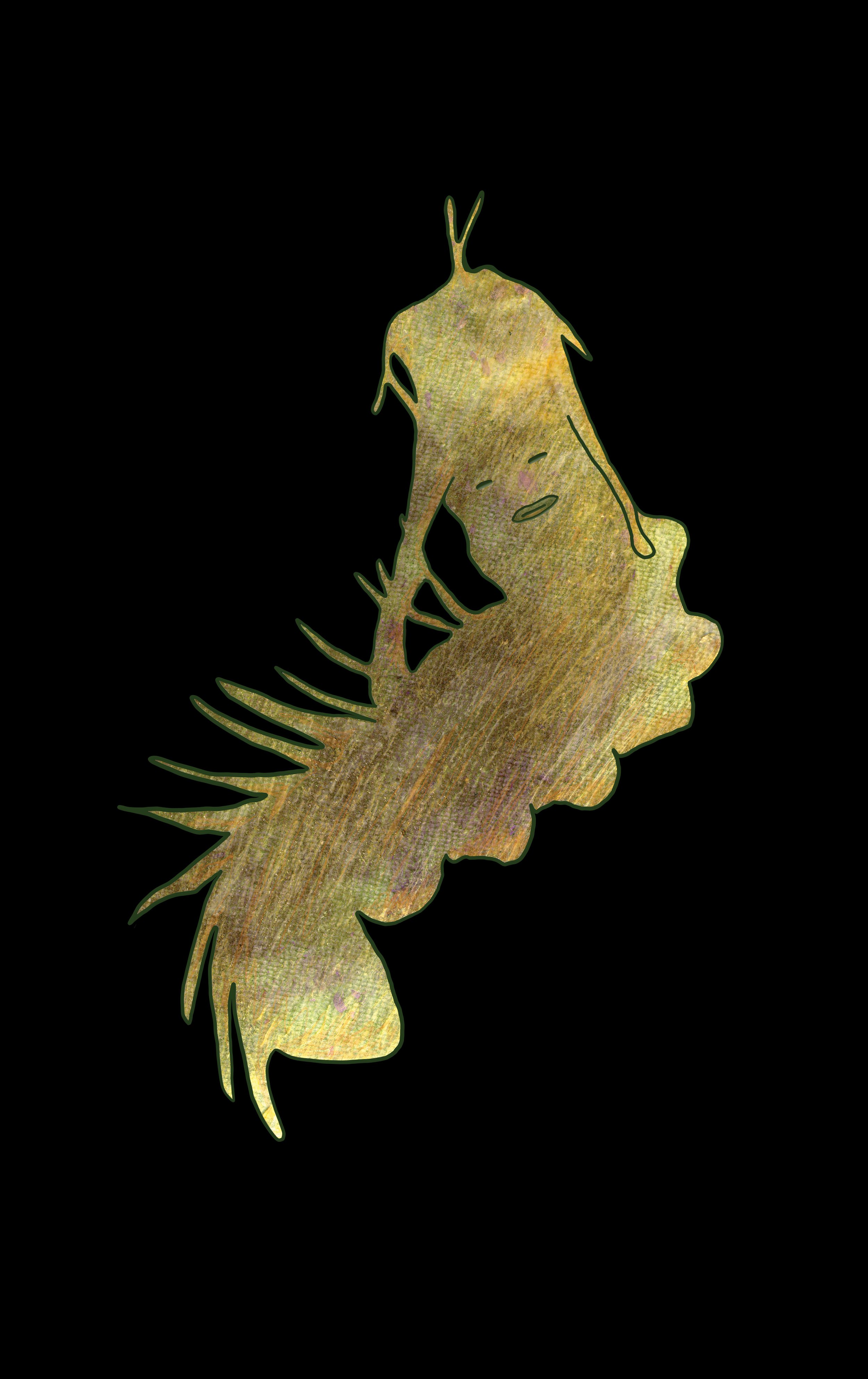
ECOLOGY OF WORRIES
Caitlin & Misha
Should we teach a machine to worry for us? Ecology of Worries shows creatures viewed through Artivive (a free mobile augmented reality app) who speak worries produced with machine learning. We used a database of over a thousand worries that we have been collecting from people since 2016 as the basis for the AI to generate new worries.
Some critters are driven to worry by the TextGenRnn neural network and others by a novel machine learning system called Generative Pretrained Transformer (GPT-2), which was initially dubbed by some commentators as the AI that was too dangerous to release into the wild (it was let loose anyway). The most recent addition is a critter created using worries collected from children, including some from the BAC, and fed to GPT-3.
The animated performance of worrying spans a gradient of intelligibility, reflecting the evolution of machine learning systems. The critters appear more alive due to their real flaws and become uncanny through a juxtaposition of familiar and abstract concerns. Although our imagery is derived from the ecosystem we depend on, we take care to personify the beings as neutral and non-specific. The word clouds on the wall are gathered from the recorded worries. The size of each word corresponds to its prevalence in the transcribed corpus. What could this ecology of worries reveal about us and our individual and shared anxieties?
Artivive is available from the App Store and Google Play. Simply open the app on your smartphone or tablet and hold it in front of one of the critters to hear them speak.
You can add your own worries to our communal worries collection at https://worries.io

CUZ SHE SAID SO
Liana Farmer
Liana Farmer is a 30 year old Visual Artist and Educator, born, raised and working in Boston, MA. She has had a lifelong love for the arts and is lucky enough to get to share her passions with her students.
In her creative work, she centers black women and men. She aims to fill the world with intimate, familial pieces of everyday blackness. Her work has graced the pages of Allure and Glamour Magazine and many people collect and showcase her art in their homes around the world.

WISDOM EXCHANGE
Shirah Rubin
“Who is wise? One who learns from every person.” Wisdom of the Sages, Pirkei Avot 4:1
Artist Shirah Rubin invites individuals and groups to come together, reflect, and articulate what we have learned and transform that wisdom into art. How is wisdom transmitted? How are we both receivers and givers of wisdom? Each participant’s wisdom will be collected, shared, aggregated, and acknowledged by others.
Inspired by the Dead Sea Scrolls, which were discovered in ceramic jars after centuries of preservation, artist Shirah Rubin guides participants in writing Wisdom Letters to future generations. Participants create vessels of clay to preserve and share their lived experiences. All of the jars and Wisdom Letters will be collected and loaned anonymously for an art installation as well as a digital archive (Now + Later - Wisdom Archive). Together, this installation will exhibit the collective wisdom of the greater Boston community. This project is partially funded by the Combined Jewish Philanthropies of Boston.

WEARABLE ART
An Exhibition in Memory of Mika Hornyak
This exhibit of Wearable Art is inspired by the Brookline Arts Center's late board member, Mika Hornyak. On view is a combination of two of her great enthusiasms: the artform of Wearable Art, and the support of local and regional artists. Eight artists are featured in the gallery: Cori Champagne, Chrissie Edgeworth, Madeline Fine, Rae Heller, Meagan Hepp, Joe Montroy, Christian Restrepo, and Moon Rodriguez.
We also are honoring Mika and her impact on the art community through an online auction, with proceeds benefiting these exhibiting artists, and the Mika Hornyak Artist Fund.

EMOTIVE LANDSCAPES
Lisa Jeanne Graf
My artworks tend to be whimsical and come from a place of hope. These artworks describe different emotional states, and concepts often in the form of landscapes or still lives. I want the places that are created to be fully formed so that the viewer can feel that the spaces are real, so that they can enter them and explore them, possibly becoming transformed by that experience.
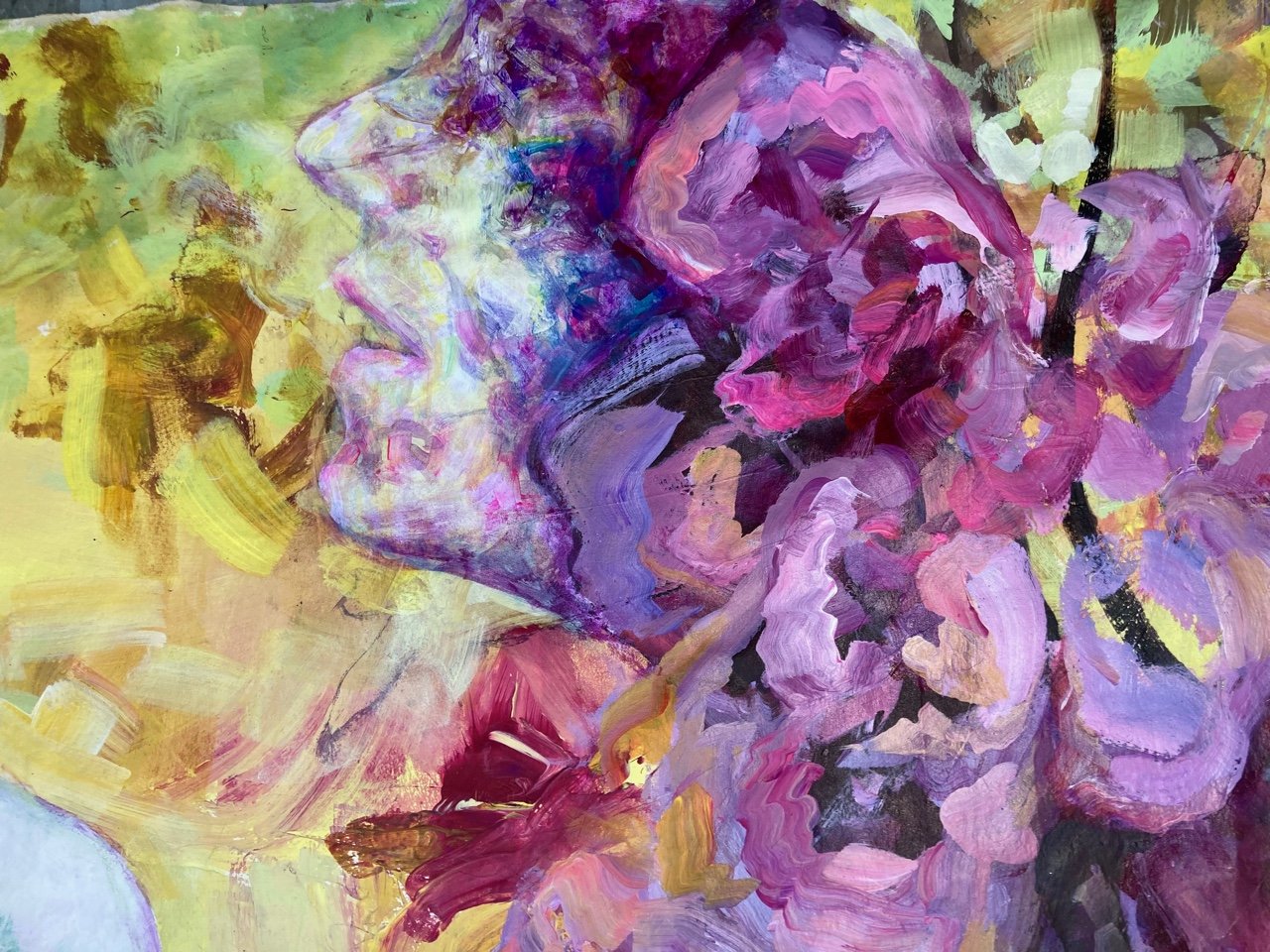
BLOOMING
Moriah Faith and Jessica Vohs
Blooming celebrates and empowers people who deviate from able-bodied “norms” that we typically see adorning the walls of art institutions. Blooming turns our attention inward to explore the warmth radiated when people come together. People with disabilities are not defective or lacking in anything. They are artists, makers, muses, dreamers, and some of the most creative and vibrant people living in our community.
The past year has challenged all of us in ways we have never experienced before. Disabled artists Jessica Vohs and Moriah Faith understand that the people hit hardest by isolation due to COVID-19 are those most at risk with disabilities, who have spent much of the past year confined to their homes. The goal of this project was to begin mending this disconnection to community through something that transcends language: paint!
Given by the socially distanced smiles, laughter, and chatting from the residents at the New England Village, it seems to have helped. Over 20 individuals with intellectual and developmental disabilities helped contribute to the mural in their unique way: pouring, rolling, brushing, and smearing paint onto the canvas. The resulting mural is a striking declaration that together, we can accomplish things much bigger than ourselves.
In loving memory of Mark Bumpers, who dedicated his life to encouraging others to bloom.
